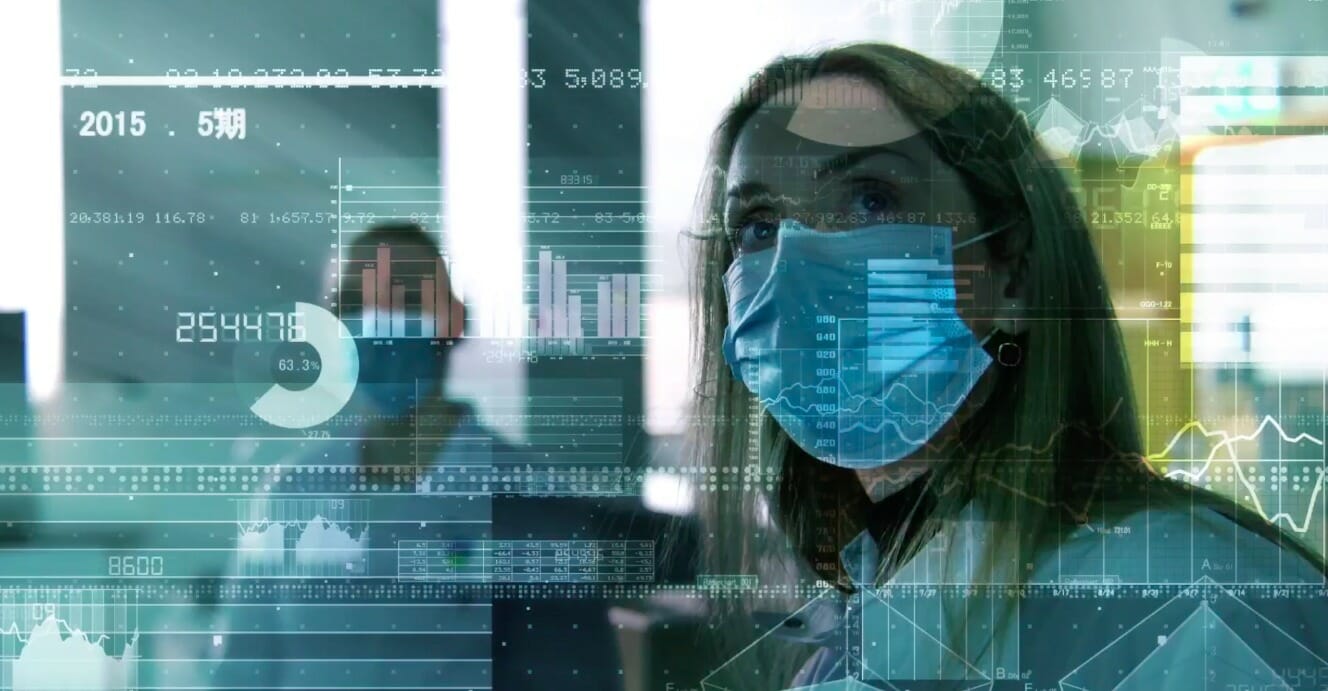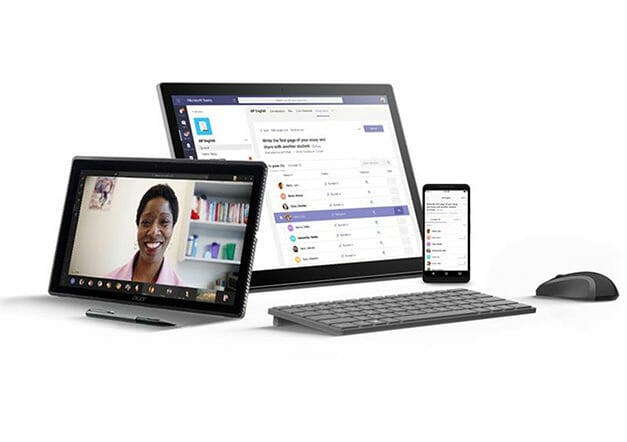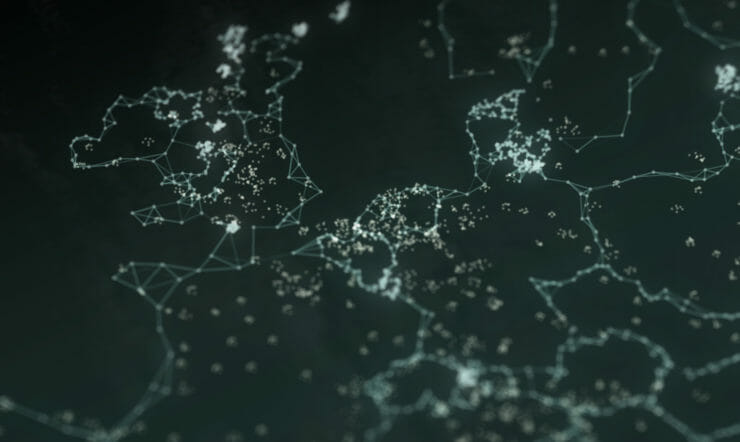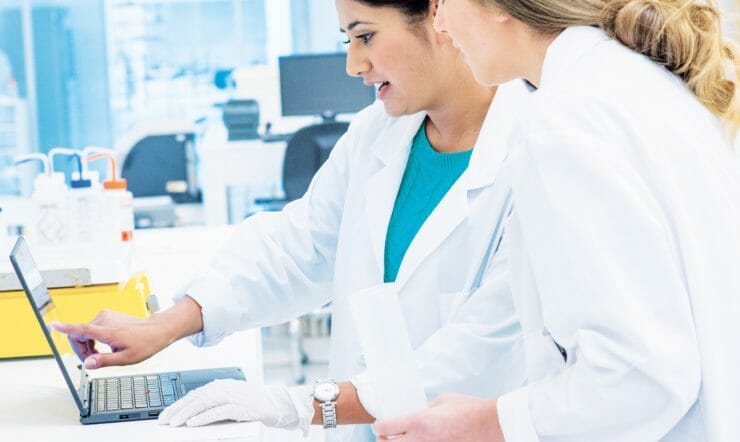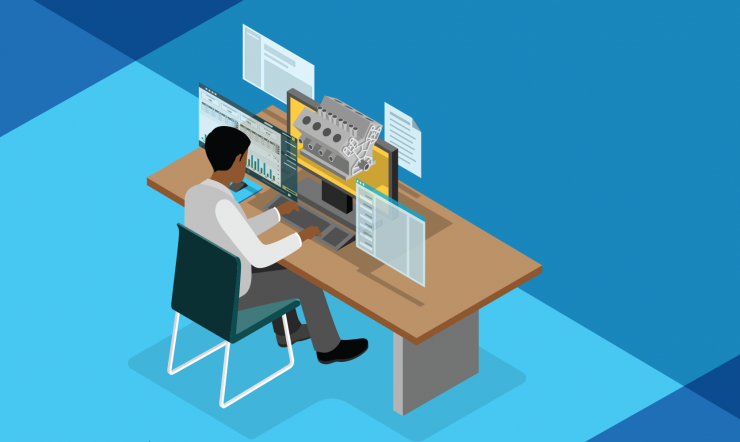Background
A key challenge in healthcare today is that both patients and clinicians have difficulty accessing the health data they need. This has multiple implications. For patients, it prevents them playing a more proactive role in their own care. For clinicians, it affects their productivity and the quality of the care they can provide. In addition, innovation in digital health services and products is often delayed due to regulations while policymakers struggle to formulate data-driven healthcare policies. The pandemic shone spotlight on the capacity of each countries’ health information systems’ capabilities to provide critical information to the public in a timely manner, and exposed inherent risks across the value chain of healthcare.
A Proposed Path Forward
To resolve these challenges and unleash the full potential of health data, the European Commission is preparing the European Health Data Space (EHDS) directive. EHDS which launched in May 2022 is a central building block of a strong European Health Union with three main objectives in mind:
- Empower individuals through better digital access to their personal health data; support free movement by ensuring that health data follow people.
- Unleash the data economy by fostering a genuine single market for digital health services and products.
- Set up strict rules for the use of individual’s non-identifiable health data for research, innovation, policy-making and regulatory activities. [1]
This directive will be an important catalyst for the digital transformation of healthcare to enable value-based healthcare, improve quality of care and accelerate research and development.
Usage Model, putting the Patient First
EHDS is to serve as a roadmap toward a more harmonized approach to health data governance at both a pan-European level and a national level. EHDS is designed to be technology agnostic and allow for the evolution of both health data and technology leveraging that data over time. EHDS defines two different utility models for health data, primary and secondary. Primary usage of data is leveraging an individual patient’s medical record including data types such as e-prescription and e-dispensation data as well as patient summaries. [2] Secondary data is utilizing non-identifiable health data that can be used for research and development purposes, policy-making and regulatory activities with the consent of the patient.[3]
Better access to health data can improve the quality, safety, and patient-centricity of health care services, support scientific innovation, accelerate discovery and evaluation of new treatments, and enable effective implementation of new models of health service delivery. When different elements of health data (e.g., clinical notes, radiology, pathology, “omics”, family history, social determinants) are linked and analysed, an exponential gain in information value can be attained to serve the health-related public interest. This includes:
- Improving diagnosis and personalising care for better patient outcomes.
- Patient continuity of care and improved healthcare efficiency.
- Discovering and evaluating new health care treatments and practices.
There are benefits and risks from health data processing at both the individual and societal levels. The maintenance of a confidential health care system is fundamental to effective individual care and treatment, and to public health.
EHDS is the European Commission’s response to this trade-off between the benefits and risks of processing healthcare data. With EHDS, the Commission plans to establish a consistent set of rules ensuring health data is made available to patients, clinicians, researchers, policymakers, and companies developing healthcare products and services while ensuring that the privacy rights of all EU citizens are fully protected.
Join us at our Microsoft Envision event on June 12th to learn more about the EHDS.
During this webinar we’ll have a conversation to learn more about the Joint Action Towards European Health Data Space (Tehdas), speak to the Belgian Health Data Agency and hear how new technology developments can facilitate this initiative.
[1] European Commission European Health Data Space website European Health Data Space (europa.eu)
[2] Electronic cross-border health services (europa.eu)
[3] Electronic cross-border health services (europa.eu)


